What Is a Water Pump?
A water pump is a mechanical device designed to move water from one location to another. It is used in various applications, ranging from residential water supply systems to industrial processes. The primary purpose of a water pump is to overcome the resistance or head against which water must be moved.
What Does a Water Pump Do?
A water pump moves water from one place to another, overcoming resistance to ensure a reliable supply for various purposes such as drinking, irrigation, industrial processes, cooling systems, and drainage.
How Many Types of Water Pumps Are There?
There are several types of water pumps, each designed for specific applications. Some common types of water pumps include:
- Centrifugal Pump: Uses a rotating impeller to create a flow of water. Common for water supply, irrigation, and industrial use.
- Positive Displacement Pump: Moves a fixed volume of water with each cycle. Examples include piston pumps, diaphragm pumps, and rotary pumps.
- Submersible Pump: Designed to be submerged in water, often used for pumping water from wells or boreholes.
- Jet Pump: Creates a jet of water to boost and move water. Common for shallow wells and other applications.
- Sump Pump: Used to remove water from a sump pit, typically found in basements to prevent flooding.
- Axial Flow Pump: Moves water parallel to the pump shaft, often used in agricultural irrigation and drainage.
- Mixed Flow Pump: Combines features of axial and centrifugal pumps, suitable for medium head and flow applications.
- Diaphragm Pump: Uses a diaphragm to move water, commonly employed in applications requiring precise control.
- Gear Pump: Utilizes gears to move water, often used for low-flow applications and viscous fluids.
- Peristaltic Pump: Employs a flexible tube to move water, suitable for precise dosing and handling sensitive fluids.
Positive Displacement Pumps
Positive displacement pumps are a category of pumps that move a fixed volume of fluid with each cycle of operation. Unlike dynamic or centrifugal pumps, which rely on the kinetic energy of the fluid, positive displacement pumps trap and displace a specific amount of liquid or gas. There are various types of positive displacement pumps, including reciprocating pumps and rotary pumps.
Types of Positive Displacement Pumps
- Reciprocating Pumps
- Piston Pumps: Use a piston moving back and forth within a cylinder to draw in and push out fluid.
- Diaphragm Pumps: Employ a flexible diaphragm to create a reciprocating motion, displacing the fluid.
- Rotary Pumps
- Gear Pumps: Feature gears that mesh to trap and move fluid.
- Lobe Pumps: Use lobes or lobed rotors to move fluid.
- Screw Pumps: Utilize rotating screws to displace fluid.
Working Principle
- Positive displacement pumps operate by trapping a specific volume of fluid in a chamber and then forcibly displacing it into the discharge pipe.
- Reciprocating pumps achieve this through back-and-forth linear motion, while rotary pumps use rotating elements to generate a continuous flow.
Advantages
- Precise Flow Control: Positive displacement pumps offer accurate and controllable flow rates.
- Handles Viscous Fluids: Well-suited for pumping viscous liquids, making them versatile in various industries.
- Self-Priming: Many positive displacement pumps can self-prime, eliminating the need for external priming.
Disadvantages
- Sensitive to Pressure Changes: Some types may be sensitive to changes in discharge pressure.
- Maintenance Requirements: Depending on the design, they may require more maintenance due to wear on moving parts.
Common Applications
- Chemical Processing: Handling various chemicals and abrasive fluids.
- Oil and Gas Industry: Transferring oils, fuels, and petrochemicals.
- Food and Beverage: Pumping viscous food products like syrups and chocolate.
- Pharmaceutical Manufacturing: Precise dosing and metering of pharmaceutical substances.
- Hydraulic Systems: Providing controlled fluid power in hydraulic applications.
Positive displacement pumps move a fixed amount of fluid with each cycle of operation. The basic working principle involves trapping a certain volume of fluid and then displacing it into the discharge pipe. This is achieved through the use of rotating or reciprocating mechanisms.
- Reciprocating Pumps: These pumps use a piston or diaphragm to create a reciprocating motion. As the piston or diaphragm moves, it creates a suction force, drawing in fluid, and then pushes the fluid out during the discharge stroke.
- Rotary Pumps: These pumps use rotating mechanisms such as gears, lobes, or screws to trap and move fluid. The rotation of these components creates a continuous flow of fluid.
Advantages of Positive Displacement Pumps
- Accurate Flow Control: Positive displacement pumps provide precise control over the flow rate, making them suitable for applications where accurate dosing is crucial.
- Handles Viscous Fluids: These pumps can efficiently handle high-viscosity fluids, such as oils and syrups, without losing pumping efficiency.
- Self-Priming Capability: Many positive displacement pumps are self-priming, meaning they can evacuate air from the suction line and start pumping without external priming.
- High Pressure Capability: Positive displacement pumps can generate high pressures, making them suitable for applications requiring substantial force to move fluids.
- Can Operate at Variable Speeds: They can be operated at variable speeds, allowing for flexibility in controlling flow rates.
Disadvantages of Positive Displacement Pumps
- Limited to Viscous Fluids: While positive displacement pumps are excellent for handling viscous fluids, they may be less efficient for pumping low-viscosity fluids.
- Sensitive to Pressure Changes: Some types of positive displacement pumps may be sensitive to changes in pressure, which can affect their efficiency.
- Requires Bypass System for Pressure Regulation: In certain applications, a bypass system may be needed to regulate pressure and prevent damage to the pump.
- Maintenance Requirements: Depending on the type, positive displacement pumps may require more maintenance compared to centrifugal pumps due to the wear and tear of moving parts.
Common Applications of Positive Displacement Pumps
- Metering and Dosing: Used in applications where precise control of fluid flow and dosing is essential, such as in chemical processing and pharmaceutical manufacturing.
- Oil and Gas Industry: Employed for transferring and metering various types of oils and fuels.
- Food and Beverage Processing: Used for handling syrups, chocolate, cream, and other viscous food products.
- Chemical Processing: Suitable for pumping chemicals and abrasive fluids in industrial processes.
- Hydraulic Systems: Utilized in hydraulic systems to provide controlled fluid power.
- High-Pressure Water Jetting: Applied in systems that require high-pressure water for cleaning or cutting.
- Polymer and Resin Processing: Used for metering and transferring polymers and resins in manufacturing process
Rotary Positive Displacement Pumps
Rotary positive displacement pumps are a type of positive displacement pump that operates using rotating elements to trap and move fluid. Unlike reciprocating pumps, which use back-and-forth linear motion, rotary pumps rely on continuous rotary motion to displace fluid. There are several types of rotary positive displacement pumps, each with its own specific design and characteristics. Some common types include gear pumps, lobe pumps, and screw pumps.
- Gear Pumps
- Working Principle: Gear pumps consist of two gears, usually of the same size, that rotate in opposite directions. Fluid is trapped between the gear teeth and the pump casing, creating a flow as the gears rotate.
- Advantages: Simple design, suitable for a wide range of viscosities, and can handle non-abrasive fluids.
- Applications: Commonly used in hydraulic systems, lubrication, and chemical transfer.
- Lobe Pumps
- Working Principle: Lobe pumps use lobes or lobed rotors that rotate to trap and move fluid. The lobes mesh without touching, which minimizes shear forces on the pumped fluid.
- Advantages: Suitable for gentle handling of shear-sensitive fluids, minimal pulsation, and can handle high-viscosity liquids.
- Applications: Used in food processing, pharmaceuticals, and applications requiring gentle pumping.
- Screw Pumps
- Working Principle: Screw pumps use one or more screws (rotors) that rotate to move fluid along the screw threads. The rotation creates a continuous flow as the fluid is displaced.
- Advantages: Well-suited for high-viscosity fluids, low pulsation, and can handle abrasive materials.
- Applications: Commonly used in oil and gas, wastewater treatment, and industries dealing with viscous substances.
Advantages of Rotary Positive Displacement Pumps
- Continuous Flow: Rotary pumps provide a steady and continuous flow of fluid.
- Versatility: They can handle a variety of fluids, including viscous and abrasive materials.
- Self-Priming Capability: Many rotary pumps are self-priming, meaning they can evacuate air from the suction line and start pumping without external priming.
- Efficient for High Viscosity: Particularly effective for pumping high-viscosity liquids.
Disadvantages of Rotary Positive Displacement Pumps
- Limited to Low to Moderate Pressures: Rotary pumps are generally not suitable for high-pressure applications.
- Sensitivity to Viscosity Changes: The performance of some rotary pumps may be affected by changes in fluid viscosity.
Displacement pumps
A displacement pump is a type of pump that moves a specific volume of fluid from the inlet to the outlet with each cycle of operation. The term “displacement” in the context of pumps refers to the volume of fluid displaced or moved by the pump per unit of time. Displacement pumps operate by trapping and then transferring a fixed amount of fluid, providing a more controlled and precise flow compared to dynamic or centrifugal pumps.
There are two main categories of displacement pumps: positive displacement pumps and non-positive displacement pumps.
- Positive Displacement Pumps
- Positive displacement pumps move a fixed volume of fluid for each cycle of operation. They are further divided into types such as reciprocating pumps and rotary pumps.
- Examples include piston pumps, diaphragm pumps, gear pumps, lobe pumps, and screw pumps.
- Positive displacement pumps are known for accurate metering and handling of viscous fluids.
- Non-Positive Displacement Pumps
- Non-positive displacement pumps, also known as dynamic or centrifugal pumps, use the kinetic energy of the fluid to move it.
- Centrifugal pumps are a common type of non-positive displacement pump and are widely used for high-flow, low-pressure applications.
Working Principle of Displacement Pumps
Displacement pumps operate by trapping and moving a specific volume of fluid with each cycle. There are two main types: positive displacement pumps and non-positive displacement pumps.
-
Positive Displacement Pumps
- Reciprocating Pumps: Use a back-and-forth motion (e.g., piston pumps, diaphragm pumps).
- Rotary Pumps: Rely on a rotating mechanism (e.g., gear pumps, lobe pumps, screw pumps).
-
Non-Positive Displacement Pumps
- Centrifugal Pumps: Use the kinetic energy of a rotating impeller to move fluid radially outward.
In positive displacement pumps, a fixed amount of fluid is trapped and displaced per cycle. In non-positive displacement pumps, fluid is continuously accelerated by a spinning impeller.
Advantages of Displacement Pumps
- Accurate Flow Control: Positive displacement pumps provide precise control over flow rates, suitable for applications requiring metering or dosing.
- Handles Viscous Fluids: Positive displacement pumps can effectively handle high-viscosity fluids.
- Self-Priming Capability: Many positive displacement pumps can self-prime, evacuating air from the suction line.
- Versatility: Displacement pumps are versatile, suitable for a wide range of fluids and applications.
Disadvantages of Displacement Pumps
- Sensitivity to Pressure Changes: Some types of positive displacement pumps may be sensitive to changes in discharge pressure.
- Maintenance Requirements: Positive displacement pumps may require more maintenance due to wear on moving parts.
- Limited to Low to Moderate Pressures: Certain types of displacement pumps may not be suitable for high-pressure applications.
Common Applications of Displacement Pumps
- Chemical Processing: Handling various chemicals, including corrosive and abrasive fluids.
- Oil and Gas Industry: Transferring oils, fuels, and petrochemicals.
- Food and Beverage: Pumping viscous food products like syrups, chocolate, and dairy.
- Pharmaceutical Manufacturing: Precise dosing and metering of pharmaceutical substances.
- Hydraulic Systems: Providing controlled fluid power in hydraulic applications.
- Wastewater Treatment: Moving sludges and viscous fluids in treatment processes.
- Polymer and Resin Processing: Metering and transferring polymers and resins in manufacturing.
- Construction and Mining: Handling and transferring various materials in construction and mining applications.
Reciprocating Positive Displacement Pumps
Working Principle
Reciprocating positive displacement pumps use a back-and-forth motion to draw in and expel fluid. There are two common types: piston pumps and diaphragm pumps.
- Piston Pumps
- Consist of a piston that moves back and forth within a cylinder.
- During the suction stroke, the piston pulls in fluid, and during the discharge stroke, it pushes the fluid out.
- Diaphragm Pumps
- Use a flexible diaphragm that moves back and forth, creating a pumping action.
- Diaphragm pumps are often employed for applications where the fluid needs to be isolated from the pump components.
Advantages
- Precise Flow Control: Reciprocating pumps offer precise control over flow rates, making them suitable for applications requiring accurate dosing.
- Handles Viscous Fluids: Well-suited for pumping high-viscosity fluids, such as slurries and oils.
- Self-Priming Capability: Many reciprocating pumps can self-prime, meaning they can evacuate air from the suction line and start pumping without external priming.
- High Pressure: Capable of generating high pressures, making them suitable for applications requiring substantial force to move fluids.
Disadvantages
- Pulsation: Reciprocating pumps can produce pulsating flow, which may require additional components to smooth the flow.
- Sensitivity to Pressure Changes: The efficiency of reciprocating pumps can be affected by changes in discharge pressure.
- Maintenance Requirements: Reciprocating pumps may require more maintenance due to wear on moving parts.
Common Applications of Reciprocating Positive Displacement Pumps
- Chemical Injection: Used in the oil and gas industry for injecting chemicals into pipelines.
- Hydraulic Systems: Providing controlled fluid power in hydraulic applications.
- Metering and Dosing: Precise dosing in industries such as pharmaceutical manufacturing and water treatment.
- High-Pressure Cleaning: Reciprocating pumps are often used in high-pressure cleaning equipment.
- Oil and Gas Industry: Suitable for pumping crude oil, natural gas, and other hydrocarbons.
- Water Treatment: Applications include metering chemicals for water purification.
- Process Industries: Used for various processes requiring accurate and controlled fluid movement.
- Spraying Systems: Commonly used in agricultural spraying systems for pesticides and fertilizers.
Dynamic Pumps
Dynamic pumps are a type of pump that imparts energy to the fluid being pumped through the use of rotating or reciprocating parts. Unlike positive displacement pumps, which move a fixed volume of fluid per cycle, dynamic pumps rely on kinetic energy to increase the fluid’s velocity and then convert this kinetic energy into pressure. There are several types of dynamic pumps, with centrifugal pumps being the most common.
Types of Dynamic Pumps
- Centrifugal Pumps
- The most prevalent type of dynamic pump.
- Utilizes a rotating impeller to impart kinetic energy to the fluid, which is then converted to pressure as the fluid exits the impeller.
- Suitable for high-flow, low-pressure applications.
- Axial Flow Pumps
- Move fluid parallel to the pump shaft.
- Employ blades that generate lift, similar to the operation of an aircraft propeller.
- Mixed Flow Pumps
- Combine features of centrifugal and axial flow pumps.
- Move fluid both radially and axially.
Working Principle of Dynamic Pumps
- Dynamic pumps work on the principle of imparting kinetic energy to the fluid by using rotating or reciprocating parts.
- In centrifugal pumps, the impeller rotates, creating a flow of fluid with increased velocity. This kinetic energy is then converted to pressure as the fluid exits the impeller and enters the volute casing.
Advantages of Dynamic Pumps
- Simple Design: Dynamic pumps generally have a simpler design compared to positive displacement pumps.
- High Flow Rates: Well-suited for applications requiring a large volume of fluid to be moved.
- Continuous Operation: Dynamic pumps can operate continuously without the need for bypass systems.
- Less Sensitive to Changes in Pressure: They are typically less sensitive to changes in discharge pressure compared to positive displacement pumps.
Disadvantages of Dynamic Pumps
- Less Suitable for Viscous Fluids: Dynamic pumps may have limitations when it comes to handling highly viscous fluids.
- Less Precise Flow Control: Dynamic pumps may not provide the same level of precision in controlling flow rates as positive displacement pumps.
Common Applications of Dynamic Pumps
- Water Supply: Centrifugal pumps are commonly used for water supply in residential, commercial, and industrial settings.
- Irrigation: Dynamic pumps are used in agriculture for irrigation purposes.
- Heating, Ventilation, and Air Conditioning (HVAC) Systems: Centrifugal pumps circulate water or other fluids in HVAC systems for temperature control.
- Wastewater Treatment: Dynamic pumps play a role in moving wastewater through treatment processes.
- Chemical Processing: Used in various chemical processing applications for fluid transfer.
- Oil Refining: Dynamic pumps are employed in the oil and gas industry for fluid transfer and circulation.
- Power Generation: Used in power plants for circulating cooling water, among other applications.
Centrifugal Pumps
Centrifugal pumps are a type of dynamic pump that uses a rotating impeller to increase the velocity of a fluid and then converts that kinetic energy into potential energy as the fluid leaves the impeller. These pumps are widely used for various applications due to their simple design, efficiency, and versatility.
Working Principle
- Impeller Rotation: The pump’s impeller, typically a rotating disk with curved blades, imparts kinetic energy to the fluid by spinning rapidly.
- Centrifugal Force: As the fluid moves radially outward from the center of the impeller, centrifugal force causes the fluid to gain velocity.
- Conversion to Pressure: The high-velocity fluid enters the volute casing, where its velocity is converted into pressure. The fluid exits the pump at a higher pressure than it entered.
Components of a Centrifugal Pump
- Impeller: The rotating component with blades that imparts kinetic energy to the fluid.
- Volute Casing: The spiral-shaped casing that converts kinetic energy into pressure as the fluid moves through it.
- Suction and Discharge Pipes: Inlet and outlet pipes through which the fluid enters and exits the pump.
- Shaft: The axis of rotation for the impeller.
Advantages of Centrifugal Pumps
Simple Design: Centrifugal pumps have fewer moving parts compared to positive displacement pumps, leading to simpler design and lower maintenance requirements.
- High Flow Rates: Well-suited for applications requiring high flow rates.
- Wide Range of Applications: Used in various industries for water supply, irrigation, chemical processing, HVAC systems, and more.
- Continuous Operation: Centrifugal pumps can operate continuously without the need for bypass systems.
- Less Sensitive to Changes in Pressure: They are typically less sensitive to changes in discharge pressure compared to positive displacement pumps.
Disadvantages of Centrifugal Pumps
- Less Suitable for Viscous Fluids: Centrifugal pumps may have limitations when it comes to handling highly viscous fluids.
- Less Precise Flow Control: They may not provide the same level of precision in controlling flow rates as positive displacement pumps.
Common Applications of Centrifugal Pumps
- Water Supply: Used in residential, commercial, and industrial water supply systems.
- Irrigation: Centrifugal pumps are common in agriculture for irrigation purposes.
- Chemical Processing: Used for transferring and circulating fluids in chemical plants.
- HVAC Systems: Centrifugal pumps circulate water in heating, ventilation, and air conditioning systems.
- Wastewater Treatment: Applied in moving wastewater through treatment processes.
- Oil and Gas Industry: Utilized for various fluid transfer and circulation applications in the oil and gas sector.
- Power Generation: Used in power plants for circulating cooling water.
Axial Flow Pumps
Axial flow pumps, also known as propeller pumps, are a type of dynamic pump designed to move fluid parallel to the pump shaft. These pumps are characterized by their axial flow impellers, which look like a ship’s propeller. Axial flow pumps are well-suited for applications requiring high flow rates and relatively low head (pressure) requirements.
Working Principle
- Impeller Design: The impeller of an axial flow pump consists of blades that generate lift as the fluid flows over them. The impeller is mounted on a shaft and rotates within the pump casing.
- Axial Flow: As the impeller rotates, it propels the fluid parallel to the pump shaft in the axial direction, rather than radially outward as in centrifugal pumps.
- Flow Through the Pump: The axial flow of fluid through the pump results in a continuous and smooth flow with relatively low pressure increase.
Advantages of Axial Flow Pumps
- High Flow Rates: Axial flow pumps are capable of handling large volumes of fluid, making them suitable for applications with high flow requirements.
- Efficient for Low Head Applications: These pumps are efficient in applications where a moderate increase in pressure is needed, such as in irrigation and drainage systems.
- Simple Design: Axial flow pumps generally have a simpler design compared to some other pump types, leading to ease of maintenance.
- Low Vibration: They typically exhibit lower levels of vibration compared to some other pump types, contributing to smoother operation.
Disadvantages of Axial Flow Pumps
- Limited Head Generation: Axial flow pumps are not designed to generate high pressure (head). They are more suitable for applications with low to moderate head requirements.
- Less Versatile for Various Applications: Due to their specific design and limitations, axial flow pumps may not be as versatile as other pump types for applications requiring higher pressure.
Common Applications of Axial Flow Pumps
- Irrigation: Axial flow pumps are commonly used in agricultural irrigation systems to move large volumes of water over long distances.
- Drainage: These pumps are employed for drainage purposes, especially in areas prone to flooding.
- Aquaculture: Used in aquaculture systems for water circulation and aeration.
- Cooling Systems: Axial flow pumps are used in industrial cooling systems, including power plant cooling water circulation.
- Flood Control: Applied in flood control systems to manage water levels in rivers and water bodies.
- Hydropower: In some hydropower applications, axial flow pumps may be used for water transport.
Submersible Pumps
Submersible pumps are a type of pump designed to operate while fully submerged in the fluid they are pumping. These pumps are commonly used for various applications, including groundwater pumping, sewage pumping, and other situations where the pump needs to be immersed in the fluid.
Working Principle
- Submersion: Submersible pumps are fully submerged in the fluid they are designed to pump. The pump is typically placed underwater, eliminating the need for priming.
- Sealed Motor: The motor of the submersible pump is enclosed in a waterproof housing to protect it from the surrounding fluid.
- Impeller Action: The impeller, located at the bottom of the pump, spins and draws in fluid. As the impeller rotates, it pressurizes the fluid and forces it upward through the pump and into the discharge pipe.
Advantages of Submersible Pumps
- Efficiency: Submersible pumps are generally more efficient because they operate directly in the fluid, minimizing energy losses associated with friction in pipes.
- No Priming Required: Since submersible pumps are already immersed in the fluid, they do not require priming, making them easy to start and operate.
- Low Noise and Vibration: Being submerged helps reduce noise and vibration, contributing to quieter and smoother operation.
- Space-Saving: Submersible pumps are often compact and can be placed directly in the fluid source, saving space compared to external pumps.
- Low Maintenance: These pumps are typically sealed, reducing the risk of debris and contaminants entering the pump and requiring less maintenance.
Disadvantages of Submersible Pumps
- Limited to Submersion: Submersible pumps can only operate underwater, and exposure to air can damage the motor.
- Potential for Overheating: If operated without sufficient fluid, submersible pumps can overheat and become damaged.
Common Applications of Submersible Pumps
- Groundwater Pumping: Commonly used for pumping water from wells and boreholes for domestic, agricultural, and industrial purposes.
- Sewage and Wastewater Pumping: Submersible pumps are employed in sewage and wastewater treatment systems to pump liquids with solids.
- Dewatering: Used for dewatering applications, such as removing water from construction sites, tunnels, and basements.
- Aquaculture: Submersible pumps are used in fish farms and aquaculture systems for water circulation and aeration.
- Fountain and Pond Systems: Applied in decorative fountains and pond systems for water circulation.
- Oil Wells: In oil wells, submersible pumps may be used for pumping fluids to the surface.

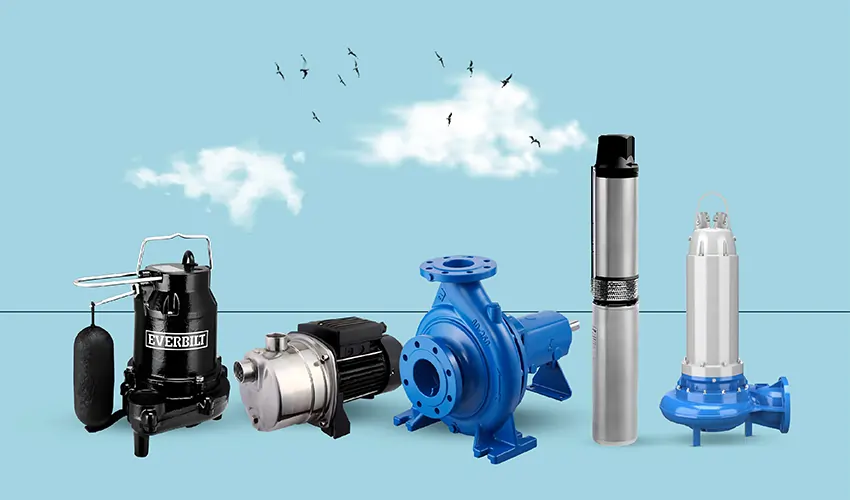


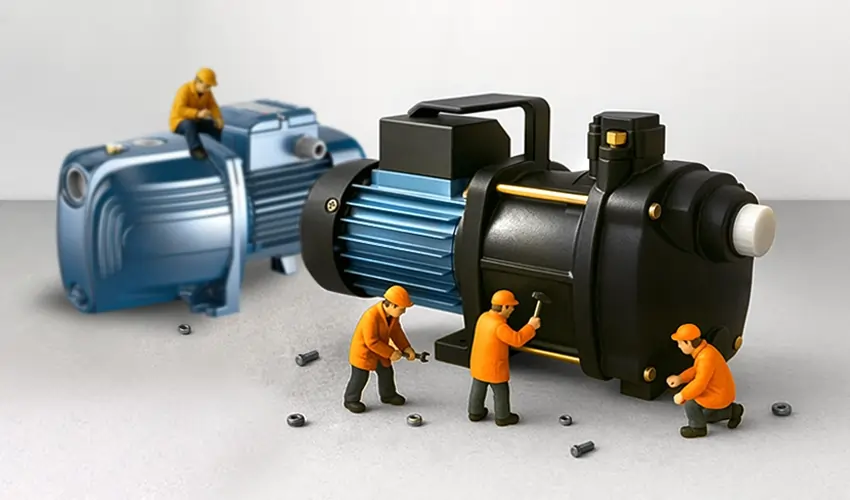

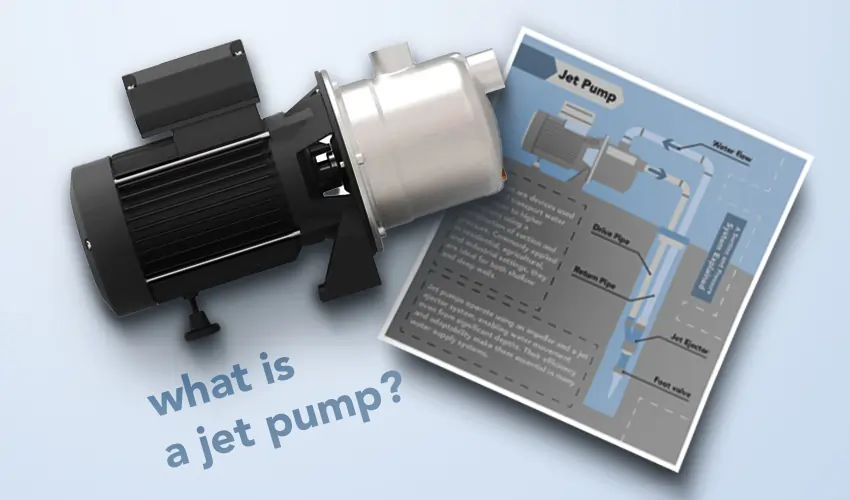
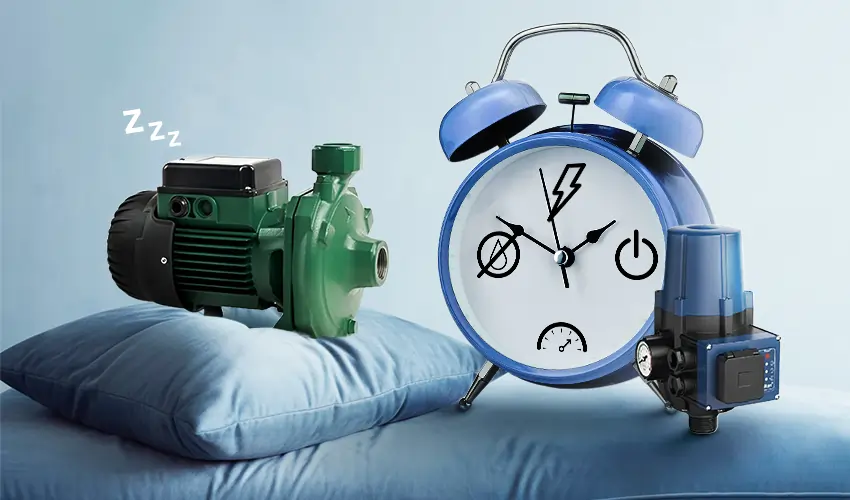
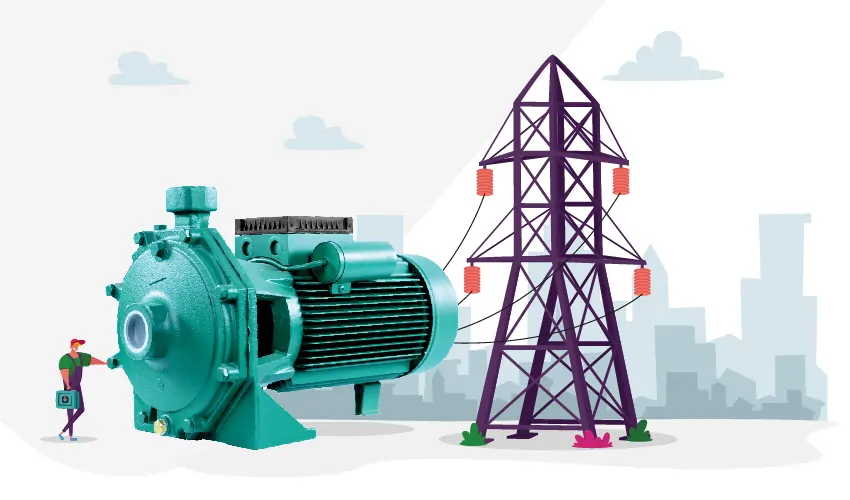



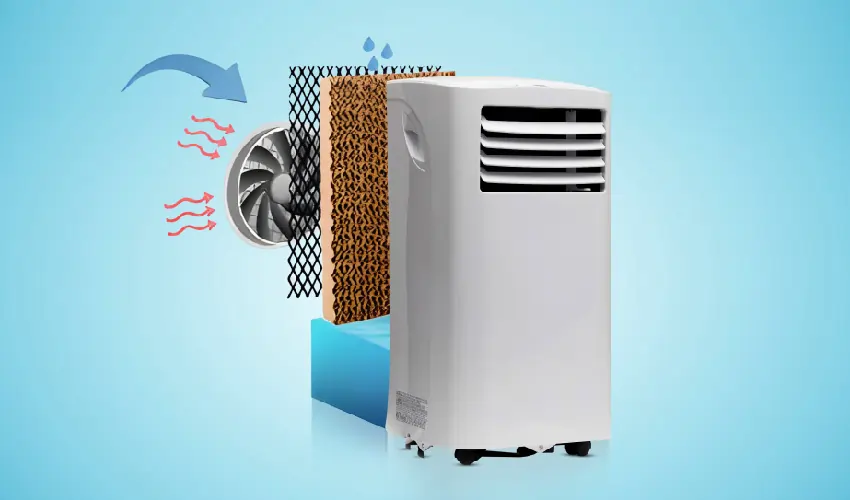
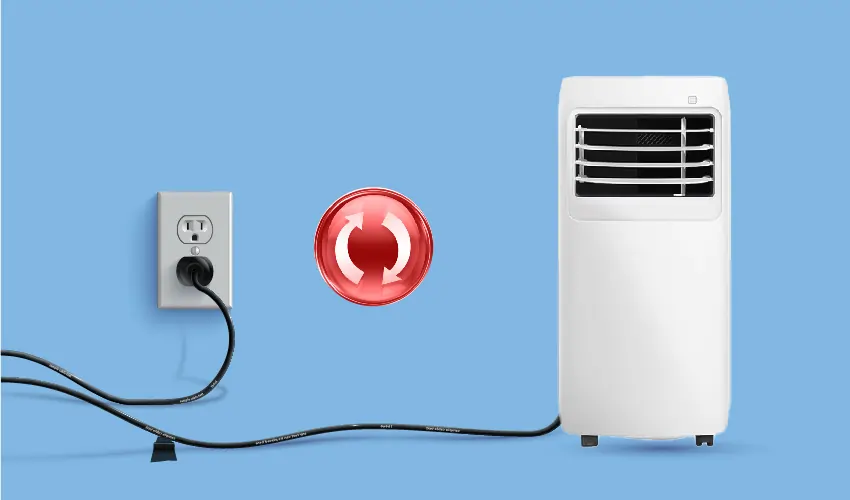
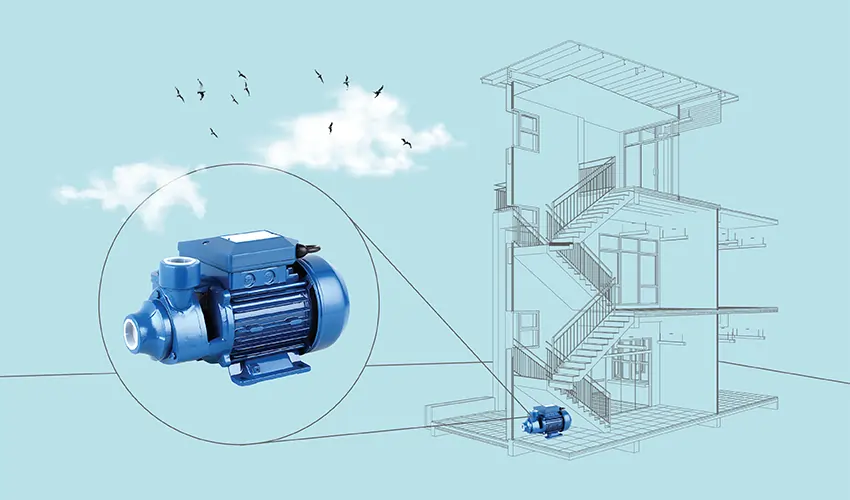


Please i am interested in your product. Kindly send me your catalog with your lowest price for immediate purchase.
May you please inform us which brand you are looking for?